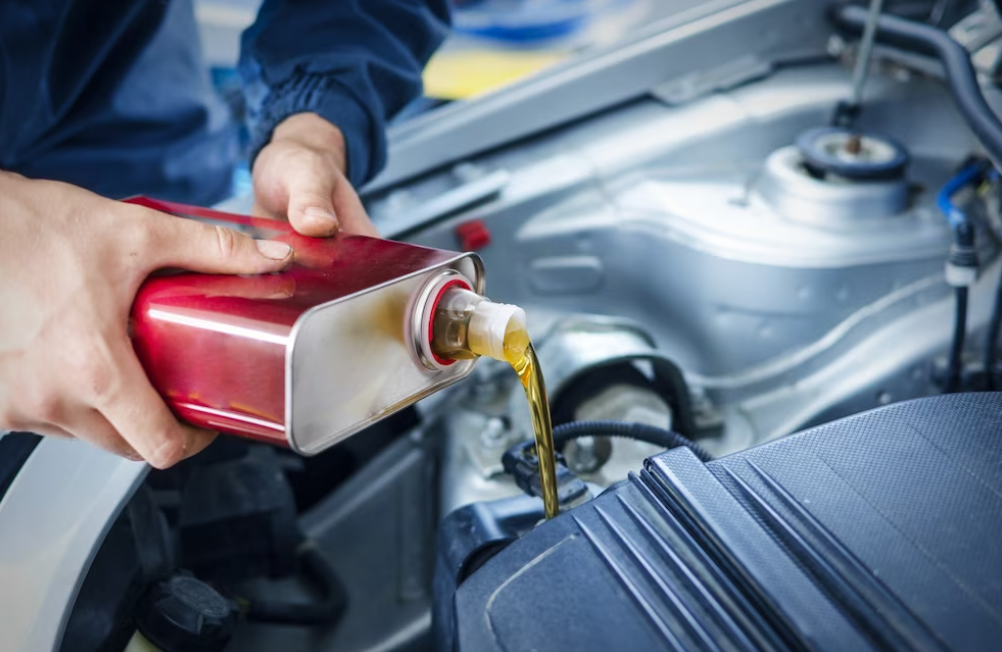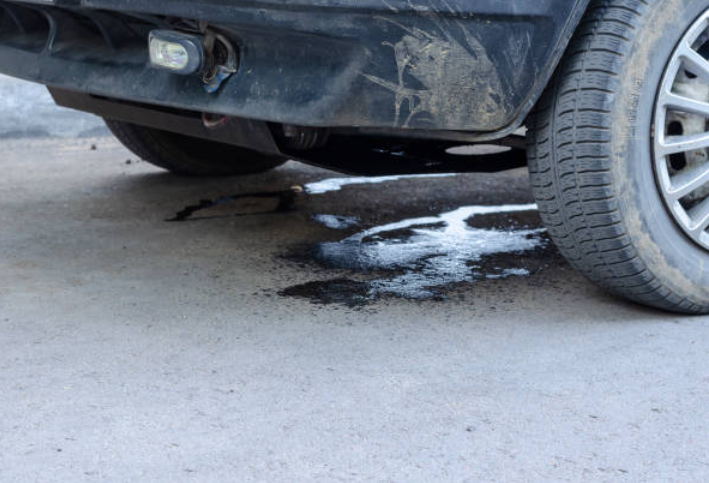The Importance of Transmission Fluid Change
To ensure smooth and dependable performance, your vehicle's transmission system has to be maintained. One essential aspect of transmission maintenance is regular fluid changes. In this blog post, we will explore the significance of transmission fluid change, its benefits, the recommended intervals, and the steps involved in the process. By understanding the importance of this simple maintenance task, you can prolong the lifespan of your transmission and avoid costly repairs down the road.

Why Is It Important to Change Your Transmission Fluid?
Transmission fluid, whether automatic or manual, helps keep mechanical components cool and lubricated. The transmission's inside components deteriorate with time, and small particles pollute the fluid. This has the potential to cause harm. By changing the transmission fluid at recommended intervals, you remove harmful contaminants, maintain proper lubrication, and prevent overheating. This promotes smoother shifting, reduces the risk of transmission problems, and extends the lifespan of your transmission. By prioritizing transmission fluid changes, you can protect your investment, avoid costly repairs, and enjoy a reliable and efficient driving experience.

Discolored or Dirty Fluid: Transmission fluid should be a reddish or pinkish color. If it appears dark, dirty, or has a burnt smell, it's a clear sign that the fluid is old and contaminated. Changing the fluid will help restore its effectiveness.
Difficulty Shifting Gears: If you experience difficulty or resistance when shifting gears, such as rough or delayed shifts, it may indicate a lack of proper lubrication due to degraded fluid. Changing the fluid can help improve shifting performance.
Slipping or Jerking Movements: A worn-out transmission fluid can result in the transmission slipping out of gear or experiencing sudden jerking movements during acceleration. This can be a sign of insufficient fluid pressure or degraded fluid. A fluid change may address these issues.
Overheating Transmission: If you notice that your transmission is consistently overheating, it could be due to old or inadequate fluid. Transmission fluid plays a crucial role in cooling the system, and changing the fluid can help alleviate overheating problems.
Leaking Fluid: If you find fluid stains or puddles under your vehicle, it could indicate a transmission fluid leak. Insufficient fluid levels can cause significant damage to the transmission. A fluid change, along with addressing the leak, is necessary to maintain proper fluid levels and prevent further issues.
High Mileage or Time Interval: Changing the transmission fluid on a regular basis is typically advised, even if you haven't observed any particular symptoms. Depending on the vehicle's make, model, and road conditions, this interval changes. To figure out the right timetable for your car, consult your owner's handbook or a dependable technician.
Manufacturer's Recommendation: Following the manufacturer's recommended maintenance schedule is crucial. If it specifies a specific mileage or time for a transmission fluid change, it's essential to adhere to it to ensure the longevity and optimal performance of your transmission.
Changing the transmission fluid is a crucial maintenance task that helps keep your vehicle's transmission system in optimal condition. To change the transmission fluid, gather the necessary supplies including new fluid, a drain pan, socket set, funnel, and safety gear.
Locate the transmission fluid pan underneath the vehicle, remove the bolts to drain the old fluid into the pan, and inspect the pan for debris. If applicable, replace the transmission filter and clean the pan and magnet. Reinstall the pan with a new gasket or sealant, refill with new fluid through the dipstick tube, and start the engine to check for leaks.
Finally, test the fluid level and adjust as necessary. Following these steps, while adhering to manufacturer guidelines, will help ensure smooth transmission operation and prolong the lifespan of your vehicle's transmission. If unsure, consult a professional mechanic for assistance.

Adequate transmission the health and durability of your vehicle's gearbox depend on fluid maintenance. It's critical to adhere to the manufacturer's advice provided in the owner's handbook of your car to guarantee adequate maintenance. Regularly check the fluid levels and top up as needed using the correct type of transmission fluid. Look out for any signs of fluid leaks and have them promptly addressed to prevent low fluid levels and potential damage. Adhere to the recommended fluid change intervals to remove contaminants and maintain optimal lubrication and cooling properties. Seek expert assistance from skilled specialists if you're uncomfortable completing the maintenance yourself so they can make sure the task is done correctly. Regular engine tune-ups and maintaining the general health of your car can also indirectly improve the condition of your gearbox. By following these practices, you can help prolong the life of your transmission and enjoy a smooth and reliable driving experience.
-
Can changing the transmission fluid fix transmission problems?
While a fluid change can help address certain issues caused by degraded or contaminated fluid, it may not resolve all transmission problems. If you're experiencing significant transmission issues, it's best to have it diagnosed and repaired by a professional mechanic.
-
Should I flush or drain and refill the transmission fluid?
The method of changing transmission fluid depends on the vehicle and its specific requirements. Some vehicles benefit from a complete flush, while others require a drain and refill. Consult your owner's manual or a professional mechanic to determine the appropriate method for your vehicle.
Read more review here: Top 10 Jeep Grab Handles For An Enhanced Off-Roading Experience












